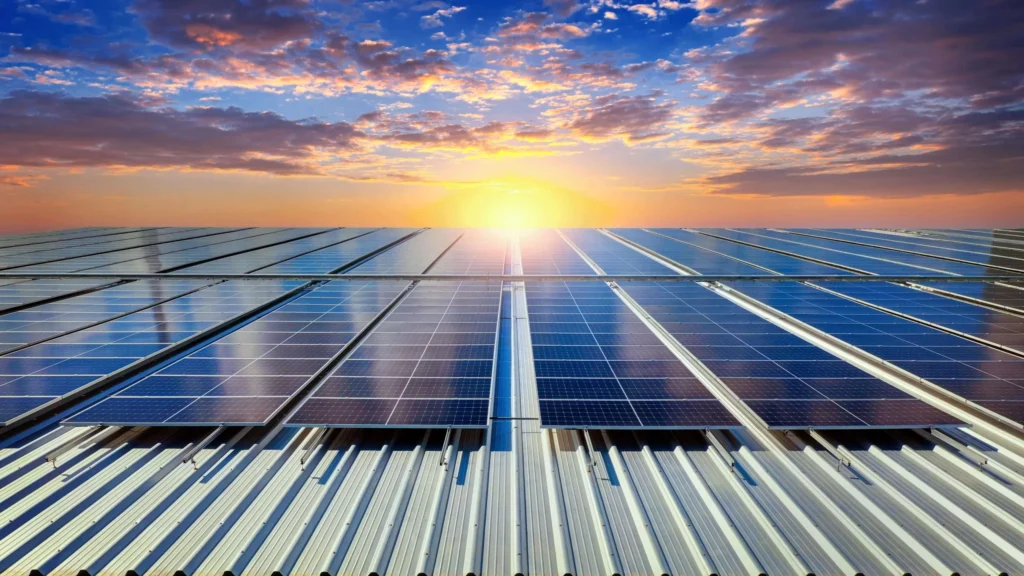With the rising adoption of solar energy in India, more and more households are switching to solar systems to reduce electricity bills and support sustainable living. However, if you’re planning to install solar panels and benefit from government subsidies, it’s crucial to understand the importance of your home’s sanction load. A simple oversight in this area can result in reduced or even rejected subsidy claims.
Why Sanction Load Matters for Solar Subsidy

The solar subsidy offered by the government is primarily available to residential electricity consumers. But the amount of subsidy you are eligible for largely depends on your sanctioned electricity load, this is the approved amount of electricity your household is allowed to use.
In most cases, the subsidy is calculated based on 90% of your total sanctioned load. For instance, if your home has a sanctioned load of 100 units, the subsidy will apply to 90 units only. This approach ensures that the subsidy is utilized efficiently and aligns with your actual electricity usage.
PM Surya Ghar Yojana – A Major Solar Initiative
Launched in 2024-25, the PM Surya Ghar Muft Bijli Yojana is a flagship scheme by the Indian government aimed at promoting solar adoption across residential sectors. Under this initiative, households can install on-grid solar systems ranging from 1kW to 10kW and receive substantial subsidies.
Additionally, beneficiaries are entitled to 300 units of free electricity per month under the scheme. The subsidy amounts are as follows:
- 1kW on-grid solar system: ₹30,000
- 2kW on-grid solar system: ₹60,000
- 3kW to 10kW systems: Up to ₹78,000
Applications can be submitted online through the official portal of the PM Surya Ghar scheme or offline via your nearest post office.
Understanding the Cost of a Solar System
The total cost of installing a solar system depends on its capacity, the quality of components, and the type of setup. Government subsidies are available only for on-grid solar systems, which are connected to the electricity grid and do not require a battery.
In such systems, excess electricity generated is fed back into the grid, and net metering is used to track consumption and supply. On average:
- A 1kW on-grid solar system without subsidy costs around ₹60,000 to ₹70,000.
- With subsidy, this cost comes down to ₹30,000 to ₹40,000, making solar much more affordable for homeowners.
Avoid This Common Mistake Before Applying
One common error many people make is applying for the subsidy without verifying their sanctioned load. This can result in applications being rejected or lower subsidies being approved. Therefore, it’s essential to confirm your home’s sanctioned load with your local electricity department before choosing a solar system and submitting your application.

